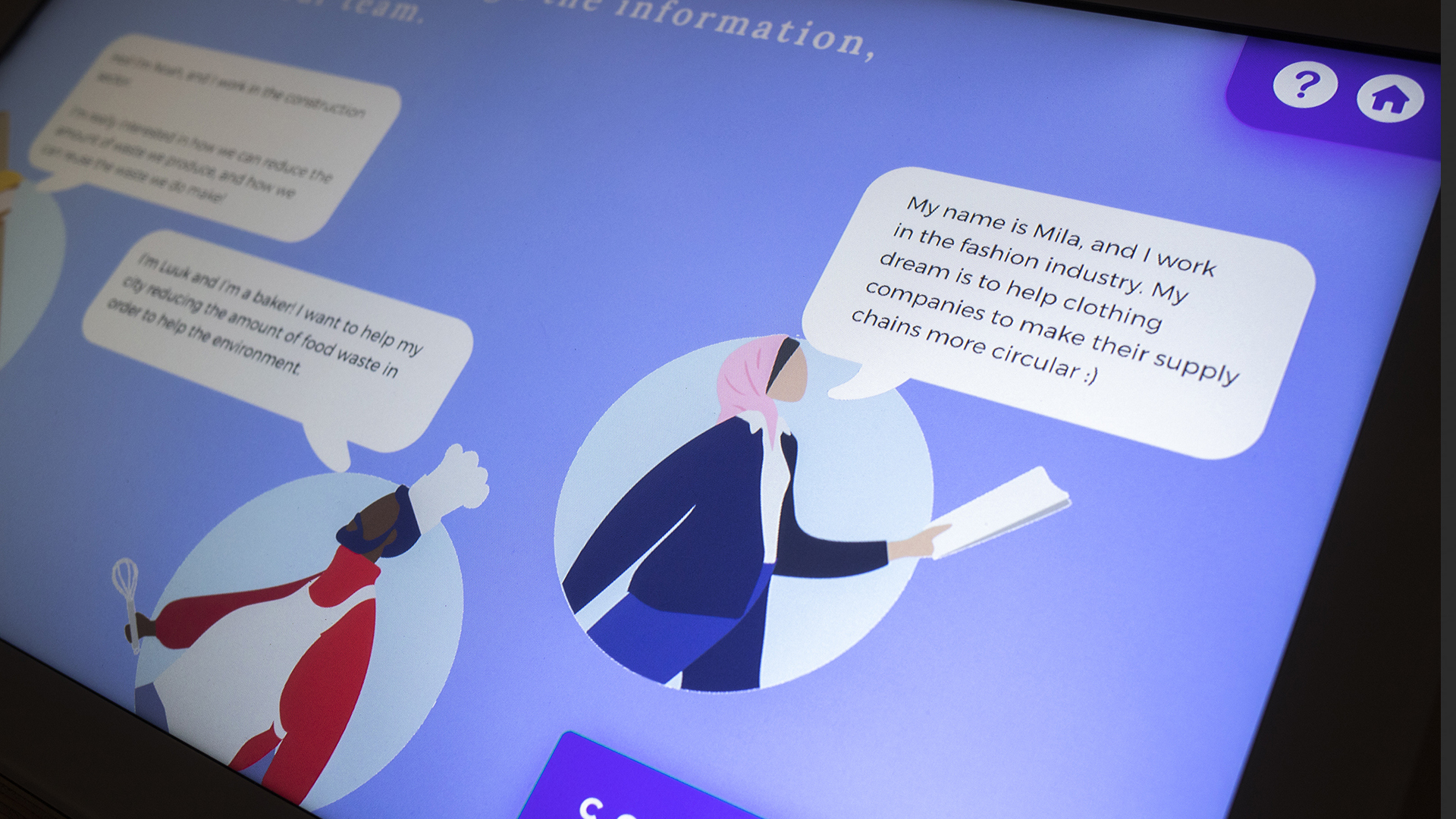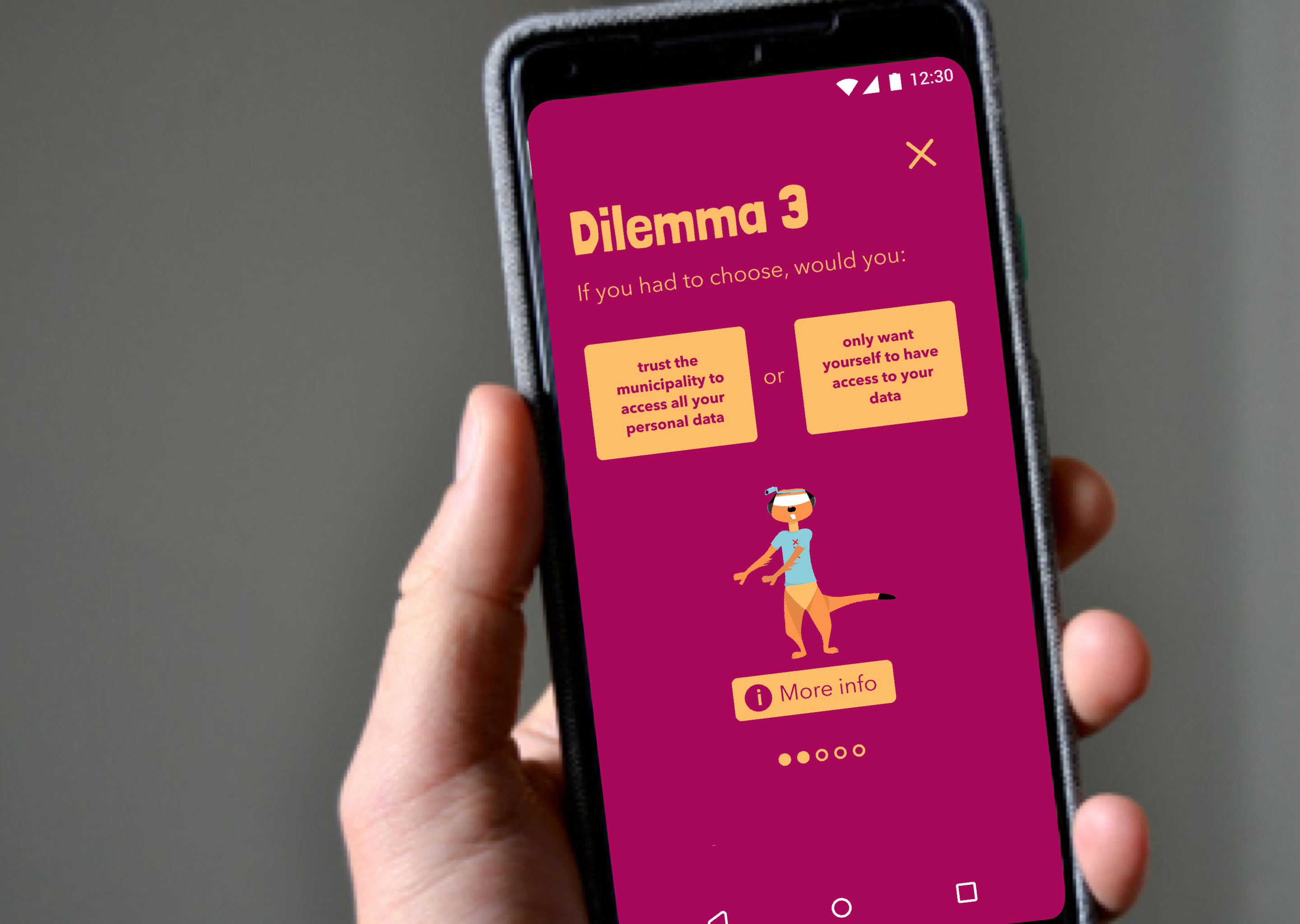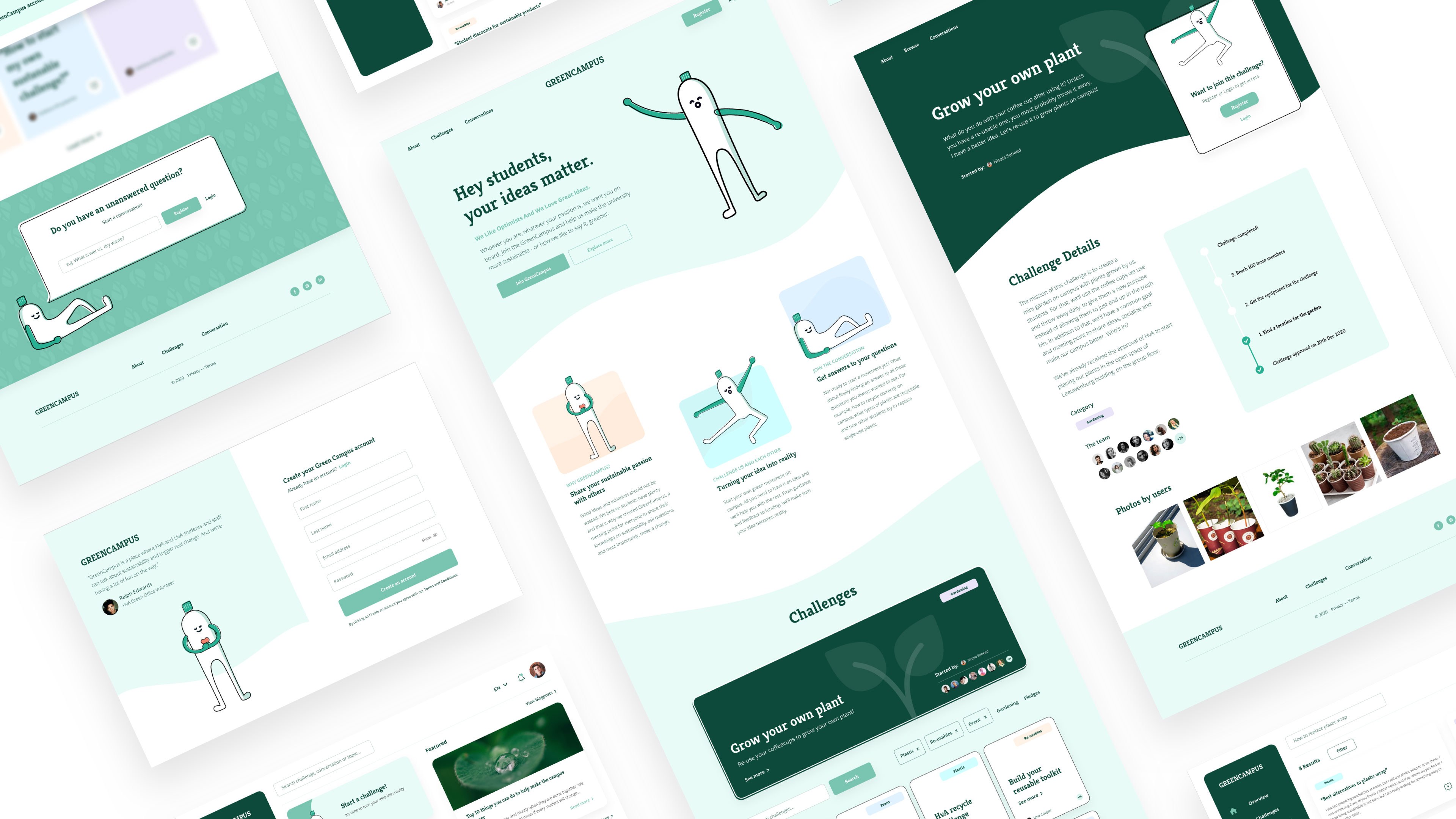
EndLESS Amsterdam Expolab
An interaction installation to spark debate around Circularity
-
Client:
ARCAM
- Team:
-
Disciplines:
UX/UI, Storytelling, Interaction Design
-
Schoolyear:
2020-2021
As the city of Amsterdam sets to become a circular economy by 2050, what does that really mean to its citizens and stakeholders? And how can residents actively engage in the debate about decisions that will impact their city? Explaining complex issues to a large and varied group of people can be challenging and that’s what we were tasked to do.
The City of Amsterdam’s “Amsterdam Circular 2020-2025 Strategy” has been created with the goal of making the Dutch capital completely circular by 2050. This was the main topic of the EndLESS Amsterdam exhibition, which took place between November 2020 and February 2021.
For this event, ARCAM was exploring ways where they could expose citizens to the means of a 'circular economy' through interactive maps and projection mapping. The idea was to spark debate with different stakeholders about the future of the Metropole region of Amsterdam.
Our challenge was to develop an interactive experience with projection mapping that was part of the exhibition in ARCAM, Stichting Architectuurcentrum Amsterdam. This artifact had the mission to show citizens the circular economy strategy. Through the use of storytelling techniques, the experience could empower residents and spark debate on the city’s strategy while showcasing the advantages of this set of policies to the city.

In our initial research we realized the crucial role narrative plays in making complex topics, like the circular economy, more accessible and engaging for users. We explored and tested different storytelling techniques that can be applied to city planning tools, as story is a great tool to spark debate.
We used a transmedia storytelling technique, which is the development of character (interaction and personas), story (narrative and scenarios), worldbuilding (place), and audience (participation and emergent culture) across multiple platforms. We explored this technique to understand what the most effective approach could be for future exhibitions and social design artifacts. We took into account an ever-changing world and the need to design for inclusivity.

Engaging through an interactive experience
This experience contains a combination of a touchscreen table with a projector showing data on a 2D flat surface. This allows citizens to interact with the data they are visualizing and, through the projection mapping, to show them the current environmental impacts we have in the city of Amsterdam.
In this project, we followed an AGILE approach, where we were constantly testing with citizens this experience and iterating over it to make the data and the information as tangible as possible to convey the circular economy's message.

We based our experience on three datasets provided by the AMS Institute, GeoFluxus and the Rebel Group: The built environment, food and organic waste, and consumer goods. To make the complex information more digestible and create a human connection between the visitor and the experience, we developed three characters representing the three value chains of the data sets we were provided with.
The characters were placed on the touch screen and would help explain the data on the projector as though they were having a conversation with each other.
Furthermore, to help visitors become more actively engaged with the content, we included gamification and questionnaire elements around the circular economy. This proved to be a positive element as the participants said that they felt more involved and engaged with the topic of circularity.

Key Findings
This project discovered that users feel more connected to the data and message when characters and storylines are included. To help visitors become more actively engaged with the content, characters helped explain the data using a personal example of how they are connected to the topic. In addition, easy comparisons (e.g., iconic buildings) between data were used to help citizens relate to the scale of the numbers.
We believe that narratives can assist in explaining complex topics that can make a difference in the behaviour of citizens. With this project, we aim to make the circular economy a tangible and relatable topic for everyone. Thus, shifting our mindsets to work collaboratively in becoming a Circular Amsterdam by 2050.

